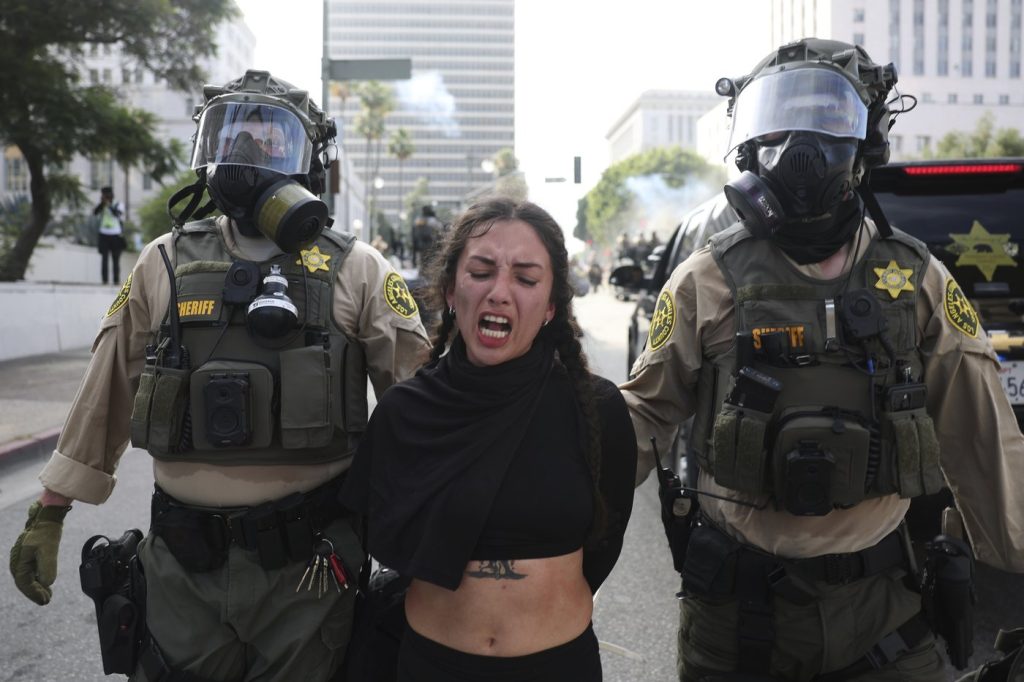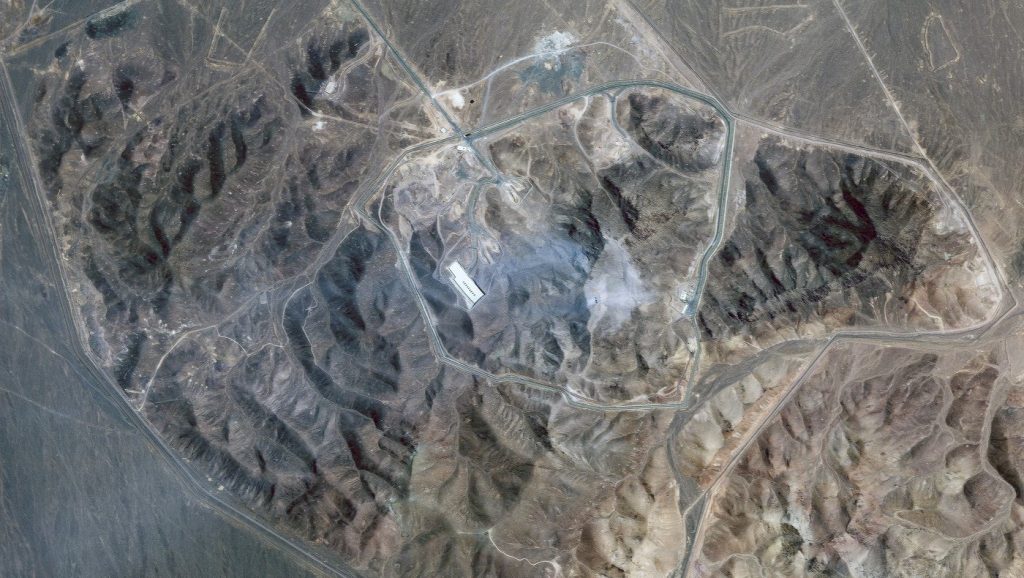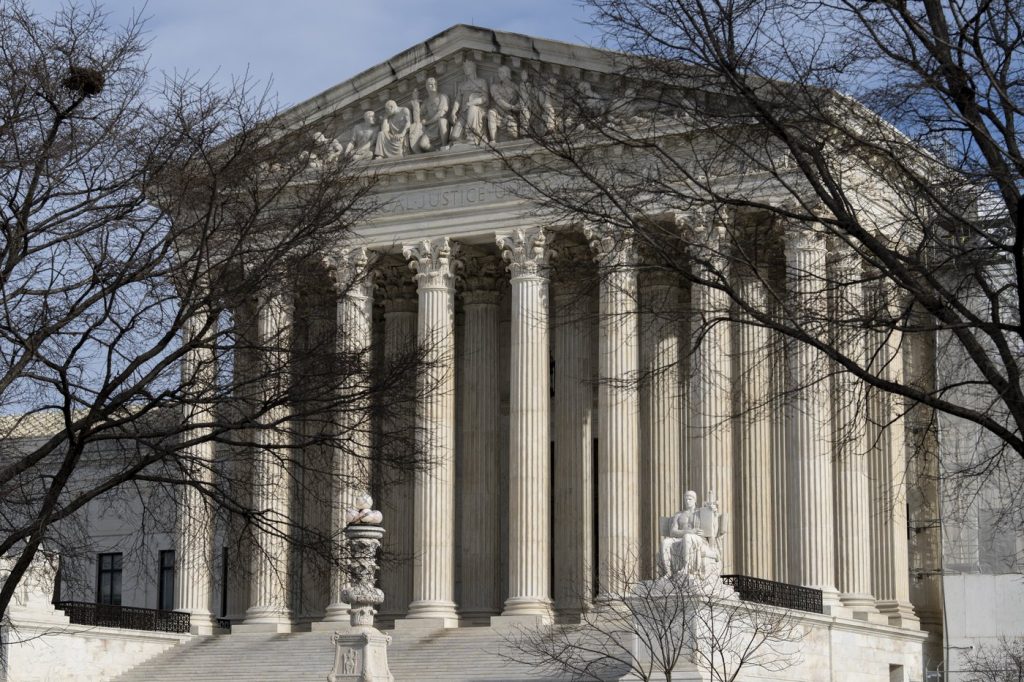Amid rising tensions over immigration policies and mass protests, President Donald Trump and his supporters have called for a ban on mask-wearing during demonstrations. This push follows recent protests in Los Angeles against immigration raids, where many participants covered their faces for various reasons. Legal experts highlight that individuals may choose to mask themselves for health protection, religious observances, to evade governmental retributions, to avoid surveillance and doxing, or to safeguard against tear gas exposure. With legislative proposals advancing across the U.S., analysts believe it is only a matter of time until the legal battle over mask-wearing at protests reemerges in the courts.
At present, at least 18 states and Washington, D.C., have laws that impose restrictions on masks and similar face coverings. Elly Page, a senior legal adviser with the International Center for Not-For-Profit Law, noted that since October 2023, at least 16 bills targeting masking during protests have been introduced across eight states and Congress. Many of these laws have historical roots, dating back to the 1940s and 1950s, when states enacted anti-mask legislation in response to the Ku Klux Klan, whose members concealed their identities while committing acts of terror. Given the current protests focused on the ongoing conflict in Gaza and President Trump’s immigration policies, Page asserts that attempts to revive these seldom-used laws to target protesters are becoming more prevalent, but are being applied inconsistently.
Concerns have also emerged surrounding the sight of Immigration and Customs Enforcement (ICE) agents wearing masks during their operations. The issue gained increased attention when Trump called for the arrest of masked protesters, coinciding with instances of federal agents using masks while conducting raids in Los Angeles and other urban areas. In response, several Democratic lawmakers in California have introduced legislation aimed at prohibiting federal and local police officers from wearing face coverings due to fears that masked ICE agents are attempting to obscure their identities and skirt accountability for any potential misconduct during prominent immigration operations.
This topic stirred further dialogue during a congressional hearing held on June 12, where Minnesota Governor Tim Walz criticized ICE agents for wearing masks during raids, urging them to refrain from such practices to ensure their identities are known. Meanwhile, Republican officials defend the use of masks, claiming they serve to protect ICE agents from doxing. Tricia McLaughlin, an Assistant Secretary at the Department of Homeland Security, condemned the California legislative push as “despicable.”
On the legal front, the controversy raises unresolved questions regarding the First Amendment. Geoffrey Stone, a law professor at the University of Chicago, pointed out that the U.S. Supreme Court has upheld the right to free speech as encompassing the ability to express oneself anonymously. However, the specific implications for protesters donning masks remain uncertain. Stone emphasizes a significant question arising from this dichotomy: Why should protesters and ICE agents endure different regulations concerning mask-wearing?
He argued that the rationale protecting ICE agents from being targeted due to their official duties mirrors the reasoning that demonstrators employ masks to participate in free speech without fear of repercussions. Stone's observations highlight the complexities inherent in this unfolding debate, as both sides grapple with the balancing act between security, accountability, and the fundamental right to protest. As this discourse continues, it is likely that the court system will eventually become a battleground for these competing interests.












